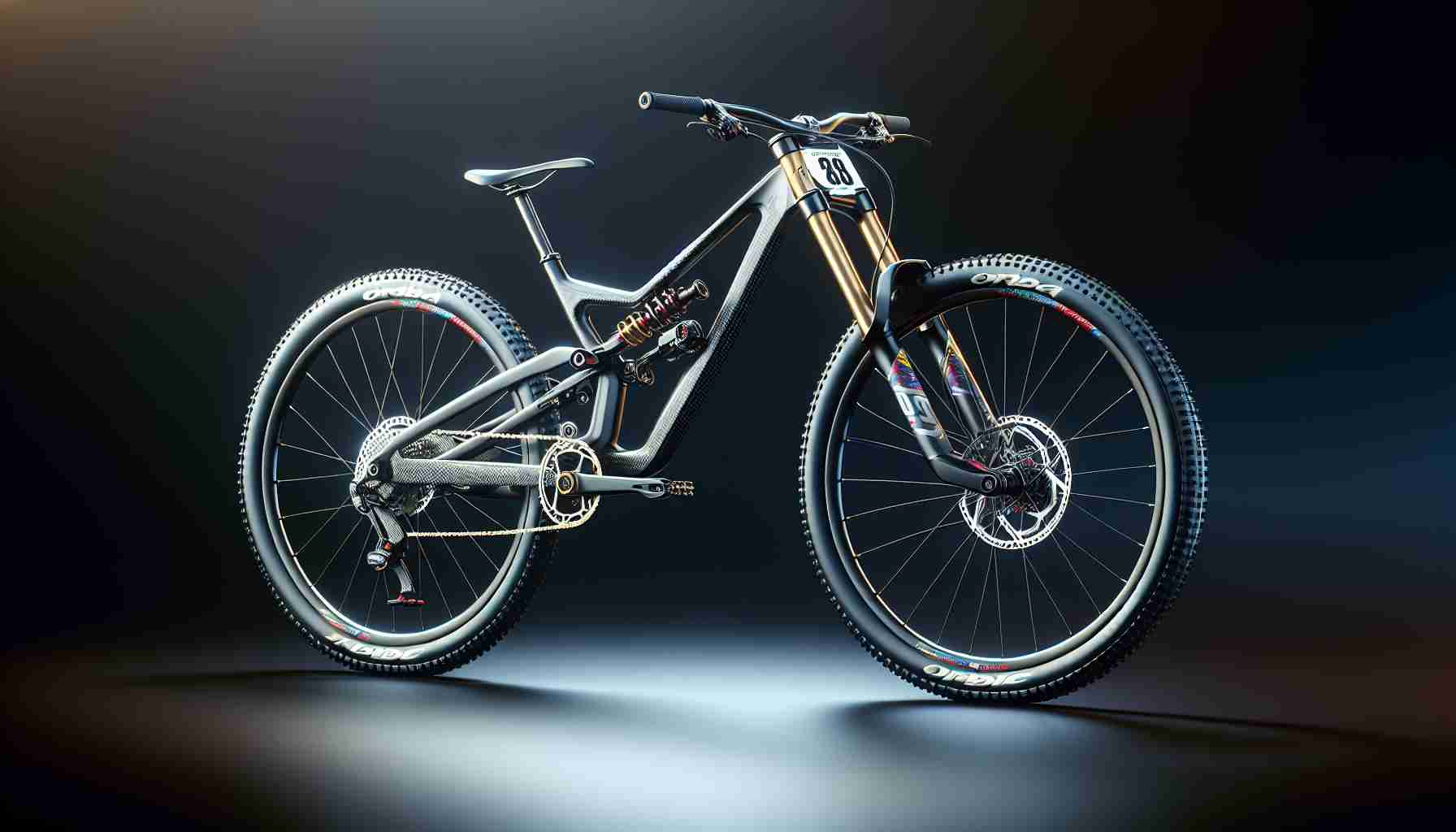Suburban streets may soon experience a quieter ride thanks to Husqvarna’s innovative electric enduro motorcycle, the Pioneer. While it might not stop all dirt bike antics, the Pioneer promises to reduce noise pollution and offer a legal way to hit the road.
Designed for Dual Terrain: Intended primarily for off-road adventures, the Pioneer also features a street-legal design. This means riders can transition seamlessly from their homes to dirt trails without needing a trailer. The ability to legally use the streets makes the Pioneer a versatile option for thrill-seekers who want to blend urban and off-road experiences.
Battery and Performance: With a 5.5 kWh lithium-ion battery, riders should carefully plan their trips, keeping in mind the battery’s limits. It offers a range of up to 137 km (85 miles) per charge, though this is typically a best-case scenario. For those longer journeys, the bike’s battery can be swapped within minutes. Additionally, the Pioneer sports an efficient 11 kW motor, peaking at 19 kW, providing up to three hours of adventurous riding.
Advanced Features: The bike includes traction control and adjustable regenerative braking, easily managed via handlebar controls. It caters to both novice and seasoned riders, with no clutch or gearbox simplifying the riding experience. This approachability is enhanced by the intuitive design of the ProTaper handlebars.
Anticipated Release: Husqvarna plans to launch the Pioneer in March 2025. However, details regarding its pricing remain tantalizingly out of reach, with more information expected closer to its release.
Will Electric Motorcycles Revolutionize Urban and Off-Road Travel?
The announcement of Husqvarna’s electric enduro motorcycle, the Pioneer, is creating waves beyond just the promise of quieter suburban streets. This new development holds the potential to significantly influence the future of urban mobility and off-road tech.
The Pioneer in Context: Environmental and Technological Impacts
Electric vehicles are lauded for their environmental benefits, primarily their potential to reduce greenhouse gas emissions. With the introduction of the Pioneer, Husqvarna is joining the ranks of innovators pushing the transition from fossil fuels to electric power. How does this impact humanity and new technologies? For one, the Pioneer contributes to a reduction in noise pollution, an often overlooked environmental concern. This could be particularly transformative for suburban areas, where noise reduction can improve residents’ quality of life.
On the technological front, the shift to electric motorcycles like the Pioneer may spur further advancements in battery technology. Currently, range anxiety remains a significant barrier, with the Pioneer offering a range of 137 km (85 miles) per charge. Yet, as the market demands longer-lasting, faster-charging batteries, innovation in this space could accelerate.
Controversies Surrounding Electric Motorcycles
The introduction of electric motorcycles is not without its controversies. One key debate is the environmental impact of lithium-ion batteries. Critics argue that the mining and disposal of lithium and other materials used in batteries pose environmental and ethical challenges. This raises a crucial question: Are electric motorcycles as sustainable as they seem?
Furthermore, purists within the motorcycle community often criticize electric models for lacking the traditional sound and feel of combustion engines. This resistance could slow widespread adoption, raising the question of whether nostalgia for engine noise will delay embracing quieter alternatives.
Rider Experience: Advantages and Disadvantages
One advantage of the Pioneer and similar electric bikes is their ease of use. With no clutch or gearbox to manage, riders—whether experienced or novices—find them approachable. Features like traction control and adjustable regenerative braking enhance safety and personalization of the riding experience, making it more inclusive.
However, the current limitations in battery technology pose a disadvantage, particularly for those who enjoy long-distance rides. Despite the Pioneer’s ability to swap batteries, there remains the inconvenience of planning journeys around charging availability or carrying additional batteries.
Is the Future Electric?
The deployment of the Pioneer could catalyze a broader acceptance of electric motorcycles, especially if followed by innovations addressing current criticism, such as those involving sustainability of production and disposal. The larger question at play is whether electric motorcycles like the Pioneer will become the norm or remain a niche option within the larger automotive landscape.
For more information on electric vehicles and sustainability, Husqvarna offers insights into their continued innovations and contributions to future mobility solutions.
















